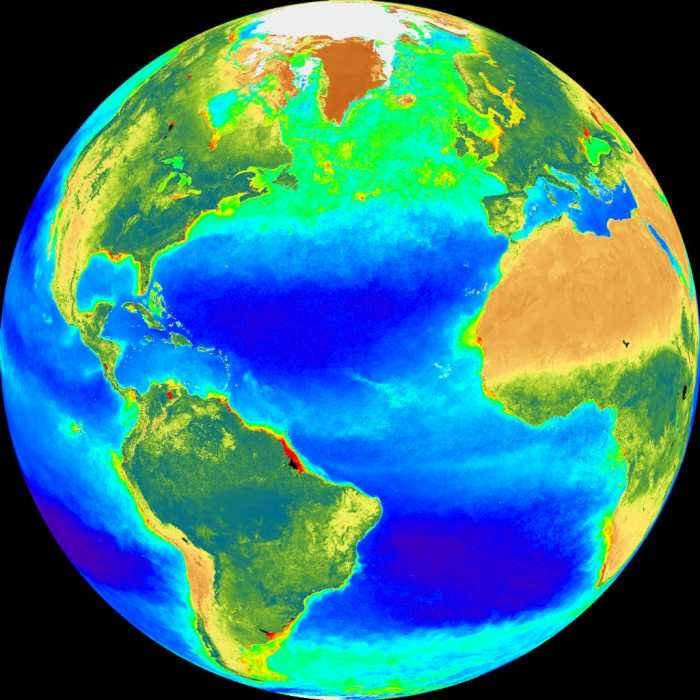According to public choice theory, public decisions are particularly likely to be bad when concentrated and well-organized groups with stable, substantial, and well-identified interests face off against diffuse groups with high information costs whose interests, while enormous in the aggregate, are individually small.
In Democracy's Discontent, Michael Sandel traces the changes in the American democratic ideals from a republican political theory of self-governance that emphasized the formation of civic virtue and the common good, to a procedural republic, designed to guarantee toleration, fair procedures, and respect for individual rights, without taking any particular position on the good.
Republican theory, in its various forms from Aristotle to Jefferson and up to the beginnings of the free labor movement, sought to further the public good through the cultivation of virtue its citizens and to actively define the good life of political association in relation to their moral character. In this conception, freedom, or liberty, depends on shared participation in self-government, and it requires moral bonds between citizens and the community.
Modern liberal theory, on the other hand, holds that government should be neutral on the question of the good life. It defines freedom as an individual's right to unfettered choice without prejudice to the choices of others. It is more concerned with right and equal justice than with the good. According to Sandel, both conceptions have been part of American political philosophy from the outset, but the latter forms have come to define the contemporary American state, its laws and their interpretation, and its political economy of growth and distributive justice rather than citizenship. Political economy engages the foundations of economic life: what kind of wealth an economy produces, how it distributes that wealth, what kind of freedom and equality it promotes, and what provision it makes for the future.
According to Sandel's account, the triumph of the voluntarist concept of freedom coincided, paradoxically, with a growing sense of disempowerment, resulting from the fact that the liberal self-image of the freely choosing, independent self is sharply at odds with the actual organization of modern social and economic life (p.202). This sense of disempowerment results as well from the corresponding decline of the republican civic tradition, which cultivated solidarity and civic engagement.
In Down to the Wire, David Orr links the cynicism and apathy symptomatic of the decline in public confidence in political institutions as encouraging malfeasance in high places. If the legal system had already been reshaped to the advantage of men of commerce and industry by the middle of the nineteenth century -- at the expense of farmers, workers, consumers, and other less powerful groups within society -- in the postwar period of the twentieth century, "government became increasingly shrouded in secrecy and organized to accelerate the exploitation of natural resources, subsidize corporations, treat the symptoms of environmental problems without touching their root causes, alleviate some aspects of poverty without solving deeper problems, and protect the interests of the wealthy." (p. 15) Echoing Sheldon Wolin's descriptions in Democracy Incorporated, of the "inverted totalitarianism" that marked "the political coming of age of corporate power and the political demobilization of the citizenry," Orr claims that "We have had neither an open and honest political system that effectively encouraged public participation in major decisions nor one particularly distinguished by its competence -- partly the fault of self-fulfilling prophecies from those who said they wanted to get government off our backs." (ibid) In a call to "repair and enhance the capacity of government to do what only government can do," Orr reminds us that "Markets seldom act for the enduring public good; governments can and must."
Wendy Brown documents the rise of Antidemocratic politics in the west in her book, In the Ruins of Neoliberalism.


















